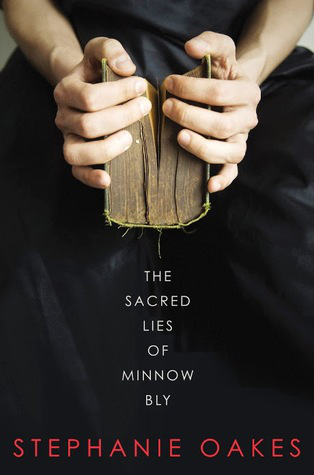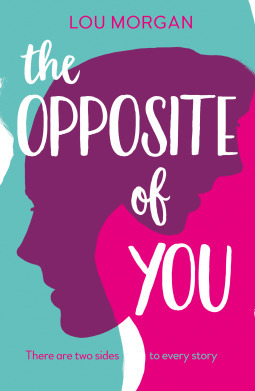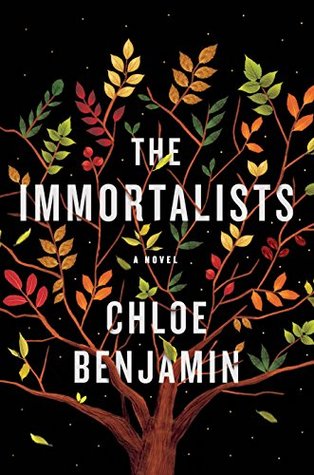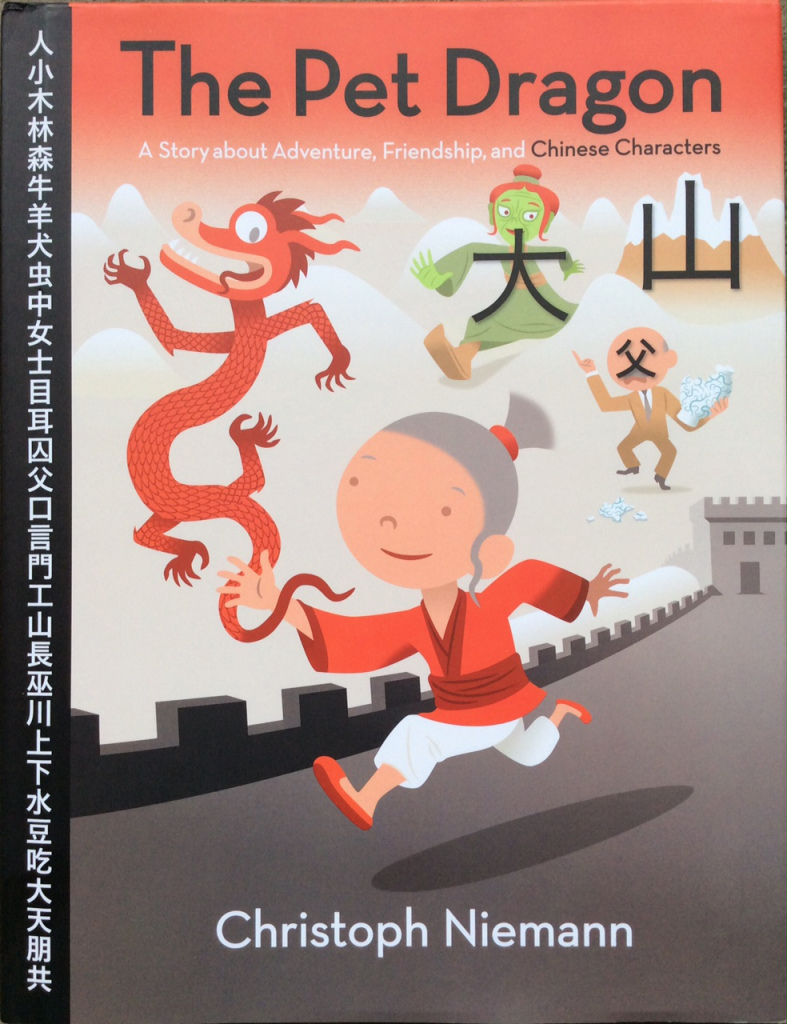
Salman Rushdie’s Midnight’s Children (1981) is a classic example of magical realism, but it is also a satirical historical fiction. The unreliable narrator – Saleem Sinai – is one of 1001 children born between midnight and 1.00am on August 15, 1947, which was the moment of India’s independence from Britain. Although he is the bastard child of a beggar woman, a nurse switches him at birth with another boy called Shiva, so he grows up as the only son of a wealthy couple. All of the children arriving in the same hour as the birth of the new nation are endowed with special powers – “transmutation, flight, prophecy and wizardry,” but Saleem has the most powerful gift of all. He is telepathic and able to communicate with the other gifted youngsters across the country. Saleem persuades them to form the MCC (Midnight Children’s Conference), but even with all their combined powers they end up being persecuted by the authorities.
Rushdie uses magical realism to construct a parallel history between the person (Saleem) and the state (India) in the fairy-tale style of the Arabian Nights. The hero becomes entwined in a series of events that are not only fantastical, but are often scientifically dubious at best, and historically inaccurate at worst. This creates confusion, uncertainty, and a shift in the reader’s reality that many critics have found disturbing. Rushdie’s symbolism is also heavy-handed. There is little subtlety in his continual reference to snakes, ladders, noses, and knees.
The strength of Midnight’s Children lies in the central theme: What is reality? Rushdie makes us question history, fact, truth, memory, and narrative. Ultimately, truth depends “on perspective and belief.” He decides that, “Reality is a question of perspective; the further you get from the past, the more concrete and plausible it seems – but as you approach the present, it inevitably seems more and more incredible.”
Midnight’s Children is often compared with Gunter Grass’s The Tin Drum. Both novels are mystical, philosophical, and enchanting – yet the German Classic has an additional lyrical element that I found more compelling.
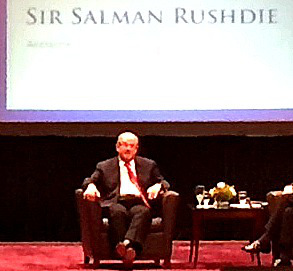
(Photo: Kit Perriman)
Share this:
